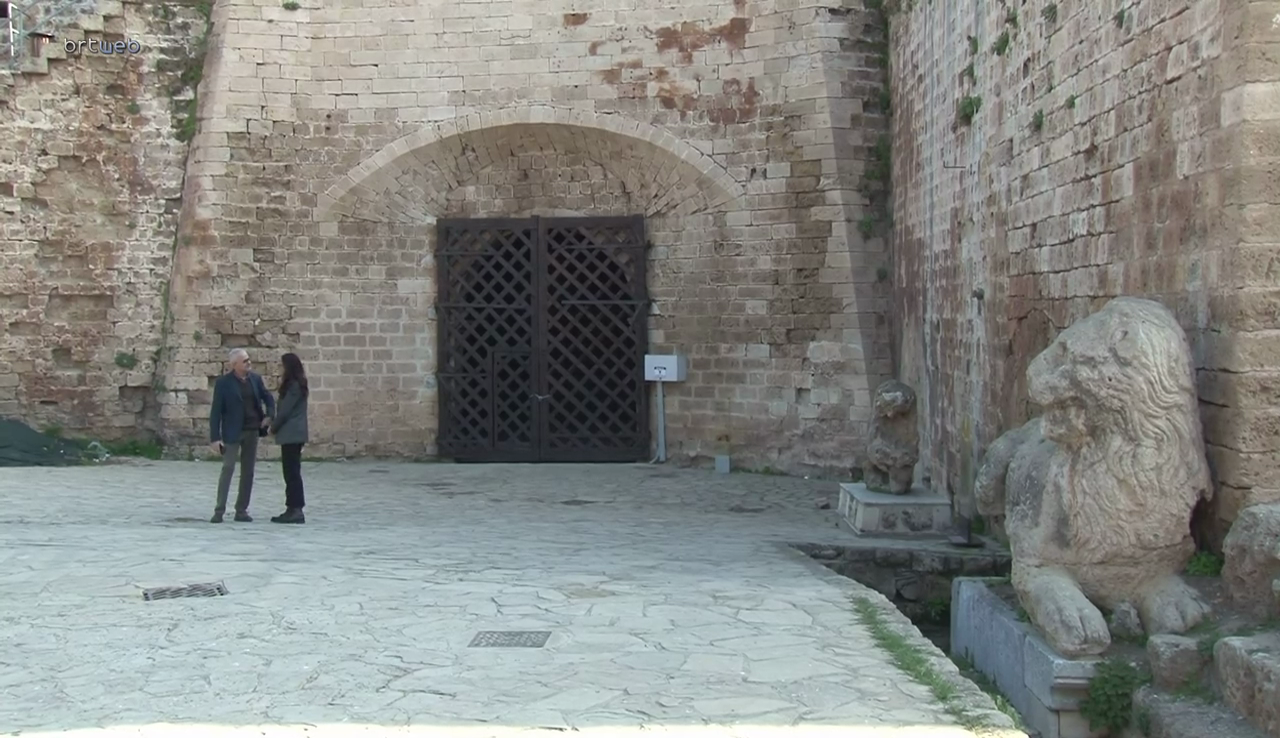
The historic wooden seagate of Mağusa Walled City, which was removed in 1996 for preservation, has been fully restored and reinstalled in its original location.
The restoration project was carried out by the Department of Antiquities and Museums with the initiative of the Mağusa Walled City Association.
Speaking to BRT, Emine Ziba, Director of the Department of Antiquities and Museums, explained that Mağusa’s city walls were built during the Lusignan period, with two main gates providing access to the city—one by land and the other by sea.
She noted that while the iron gate inside the bastion belongs to the Venetian period, the wooden gate was installed by the Ottomans.
Over time, the wooden structure had deteriorated, necessitating its removal for restoration in 1996.
Ziba emphasized that the gate had been carefully preserved for years with the support of the Ministry of Environment, ensuring that the restoration remained faithful to its original form.
She also highlighted the role of civil society organizations in driving the restoration process forward.
Serdar Atai, President of the Mağusa Walled City Association, expressed his delight at seeing the gate reinstated after nearly three decades.
He also pointed out that the lion cub statue, another historical artifact, has been returned to its original location after a long absence. Atai stressed that many residents of Mağusa had eagerly awaited the reinstallation of the historic gate and called for further protection measures for the seaward-facing side of the gate at Gazimağusa Port.